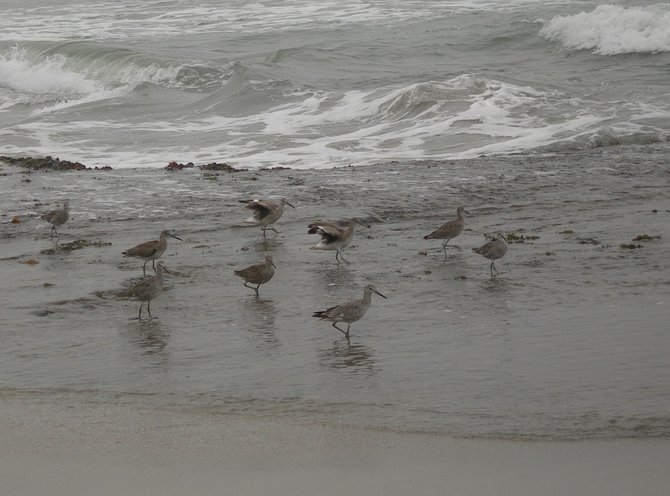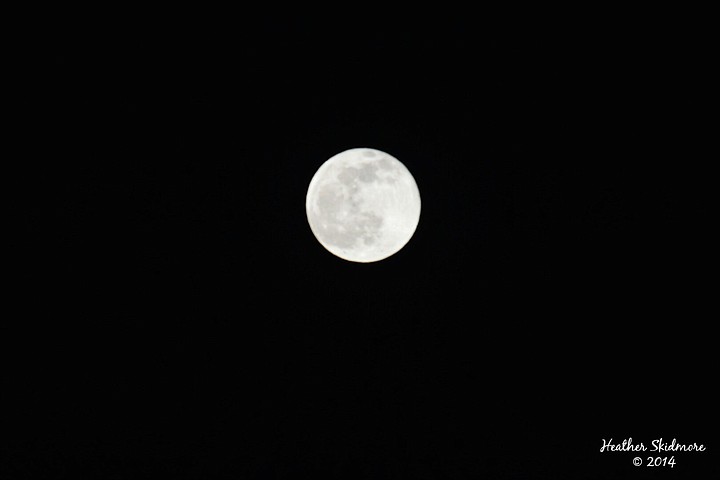 Facebook
Facebook
 X
X
 Instagram
Instagram
 TikTok
TikTok
 Youtube
Youtube

Extreme High and Low Tides are set to occur over several days in late November. On Sunday, November 25, the tide reaches a high of 7.22 feet at 7:50 am and then falls to -1.31 feet at 2:54 pm. On Monday, the tide peaks at 7.19 feet at 8:24 am and a low of -1.35 feet at 3:36 pm. Either of these low tide occasions are perfect for exploring marine life in the tidepool areas along San Diego County’s coastline. But if any strong winter storm happens to arrive from the west during these peak tides, some flooding of low-lying coastal areas around San Diego is likely. On the brighter side, birdwatchers have an opportunity to spot species of rare shorebirds that get pushed to the edges of local bays and coastal marshes by the high water.

“Rainbow Season” arrives with the first rains of late fall. Scattered showers are best for rainbow spotting: sunlight refracting and reflecting through the raindrops causes two bows to appear — an intense circular arc at 42° and a bigger but weaker arc at 51° from the antisolar point (the point in the sky diametrically opposed to the sun’s position). From November through mid-February, the sun never gets higher than 42° above the horizon as seen from San Diego, so (rain and sunlight permitting) the brighter of the two arcs may appear above the horizon at any time of day. In spring and summer, rainbows are never seen in the sky around midday because the sun is too high — and the antisolar point is too low.

The November Full Moon will reach its peak on the morning of November 27, at 4:16 am. Often called the Beaver Moon, because this is the time of year when beavers retreat to their lodges with food stocked up for the winter. Other November Moon names also reference animals readying for winter. Digging (or Scratching) Moon, a Tlingit name, refers to animals foraging for fallen nuts and bears digging their winter dens. The Dakota and Lakota term, Deer Rutting Moon, refers to the time when deer seek mates, and the Algonquin Whitefish Moon describes the spawning time of the whitefish.


Extreme High and Low Tides are set to occur over several days in late November. On Sunday, November 25, the tide reaches a high of 7.22 feet at 7:50 am and then falls to -1.31 feet at 2:54 pm. On Monday, the tide peaks at 7.19 feet at 8:24 am and a low of -1.35 feet at 3:36 pm. Either of these low tide occasions are perfect for exploring marine life in the tidepool areas along San Diego County’s coastline. But if any strong winter storm happens to arrive from the west during these peak tides, some flooding of low-lying coastal areas around San Diego is likely. On the brighter side, birdwatchers have an opportunity to spot species of rare shorebirds that get pushed to the edges of local bays and coastal marshes by the high water.

“Rainbow Season” arrives with the first rains of late fall. Scattered showers are best for rainbow spotting: sunlight refracting and reflecting through the raindrops causes two bows to appear — an intense circular arc at 42° and a bigger but weaker arc at 51° from the antisolar point (the point in the sky diametrically opposed to the sun’s position). From November through mid-February, the sun never gets higher than 42° above the horizon as seen from San Diego, so (rain and sunlight permitting) the brighter of the two arcs may appear above the horizon at any time of day. In spring and summer, rainbows are never seen in the sky around midday because the sun is too high — and the antisolar point is too low.

The November Full Moon will reach its peak on the morning of November 27, at 4:16 am. Often called the Beaver Moon, because this is the time of year when beavers retreat to their lodges with food stocked up for the winter. Other November Moon names also reference animals readying for winter. Digging (or Scratching) Moon, a Tlingit name, refers to animals foraging for fallen nuts and bears digging their winter dens. The Dakota and Lakota term, Deer Rutting Moon, refers to the time when deer seek mates, and the Algonquin Whitefish Moon describes the spawning time of the whitefish.
Comments